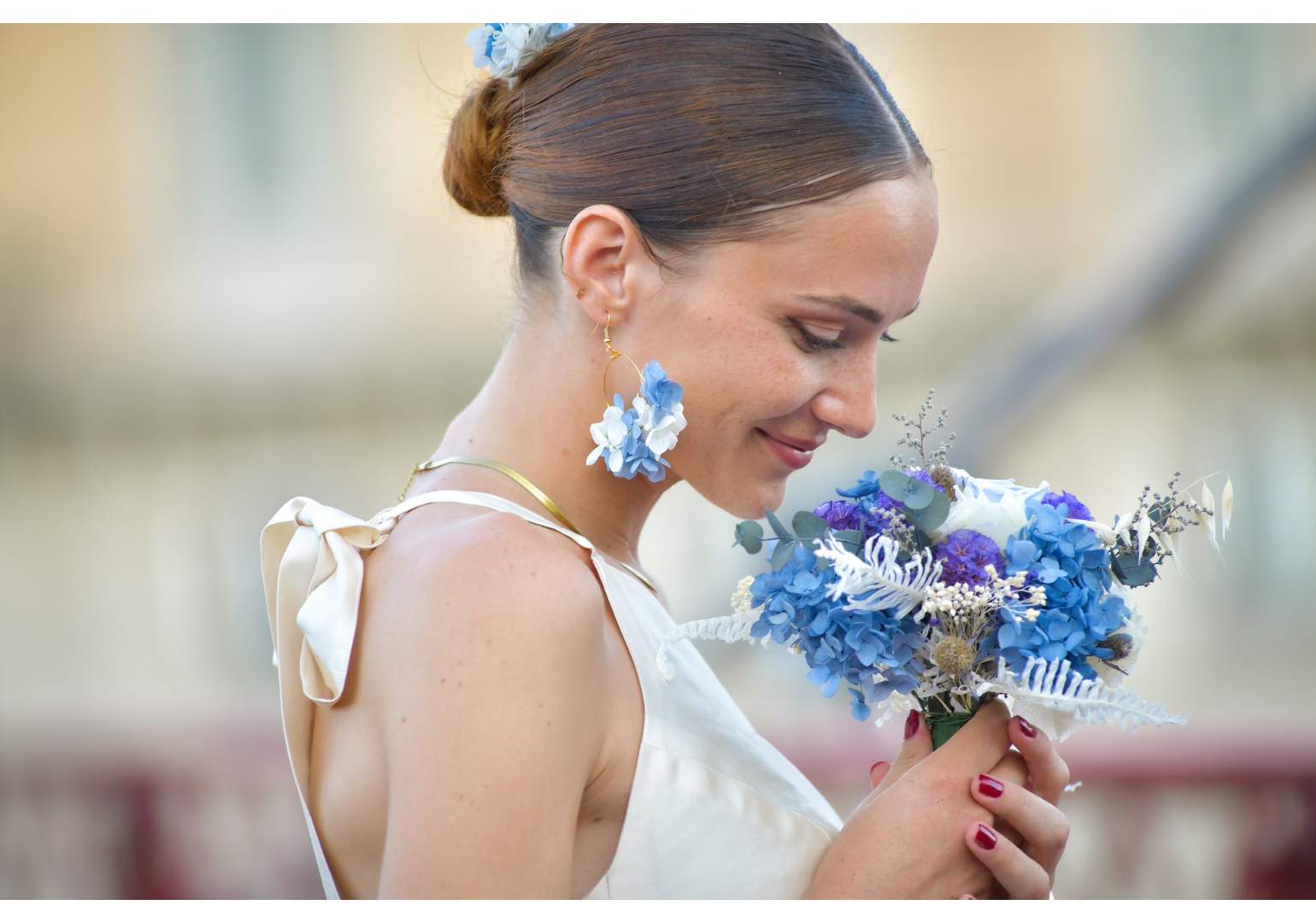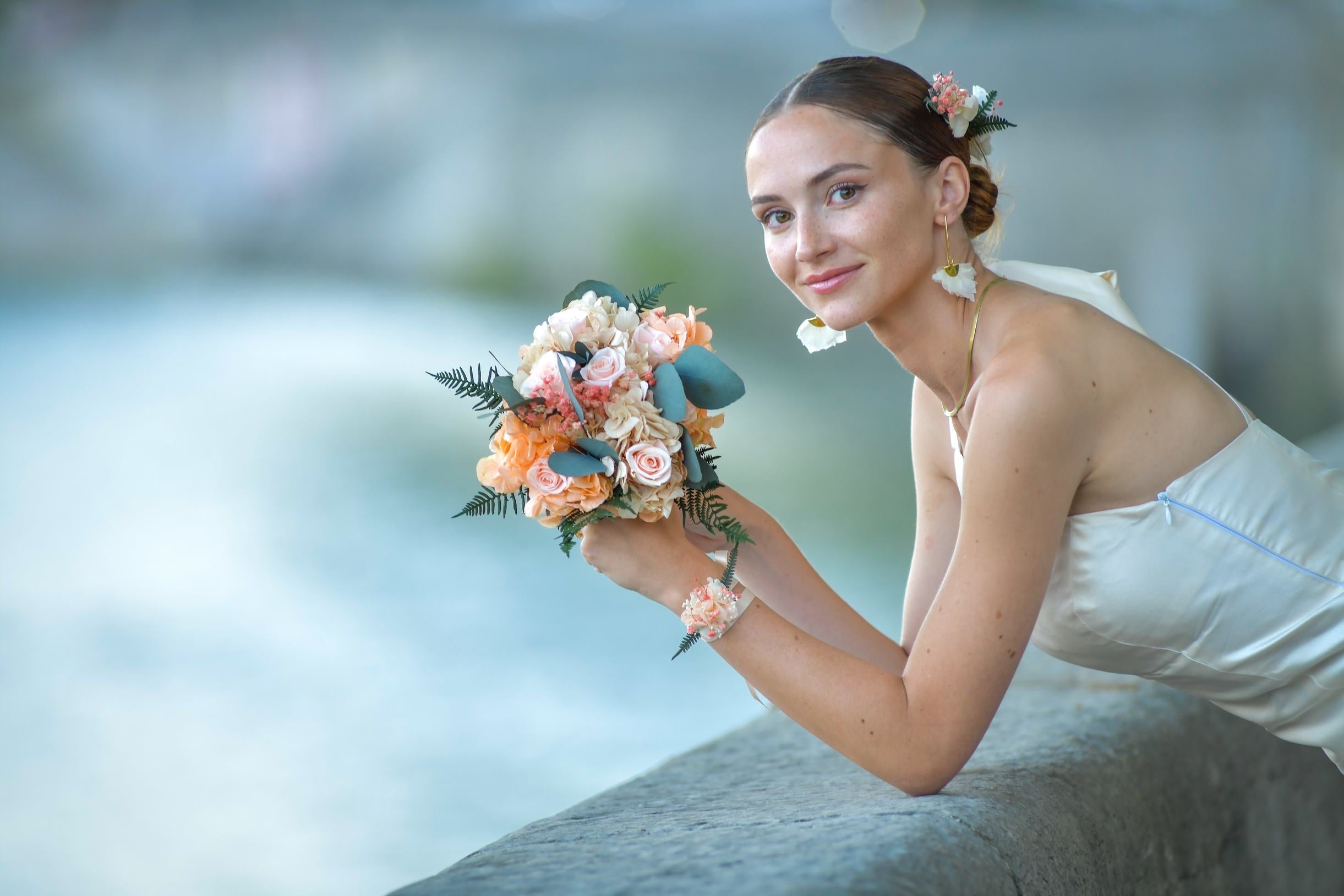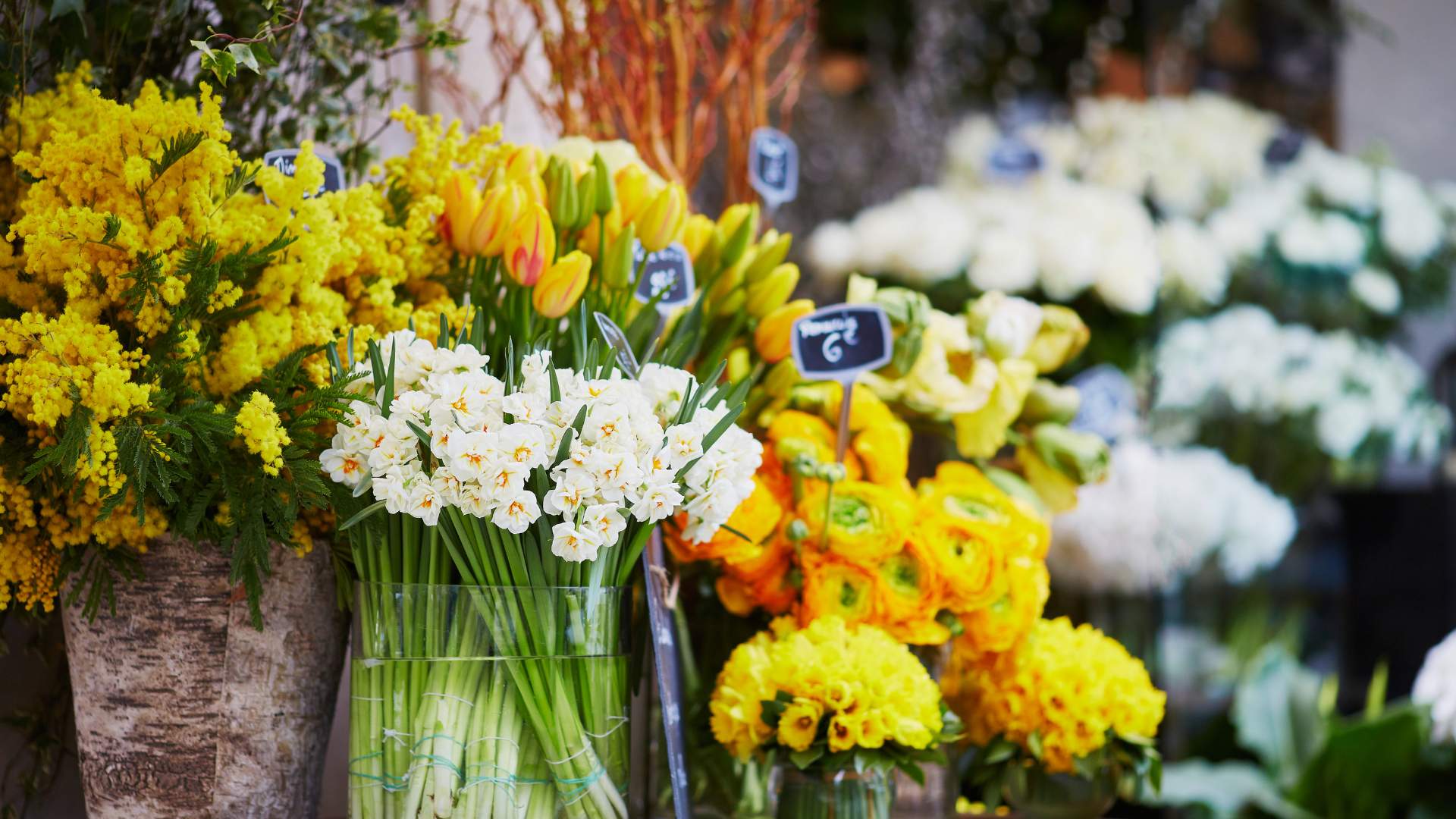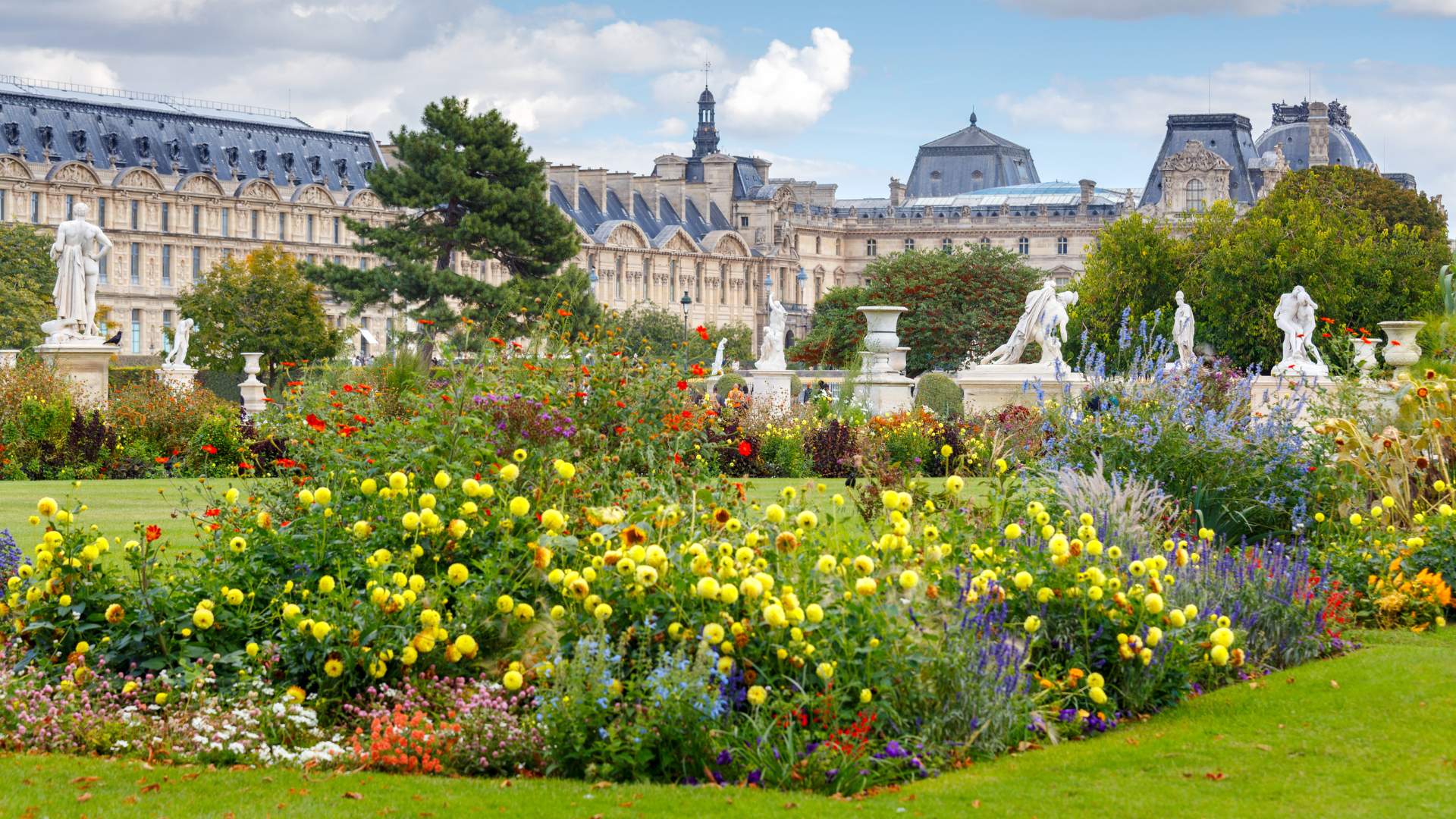Flowers, with their beauty and diversity, have always been a favorite way to express emotions and mark important moments in life. Giving flowers is a thoughtful gesture that conveys a message without words. But to ensure that message is clear and well understood, it's important to choose the perfect flower for the occasion.
This comprehensive guide will help you navigate the language of flowers and select the perfect bouquet for every occasion. You'll discover the symbolic meaning of the main flowers, as well as practical tips for choosing the color, shape, and style of your arrangement.
The symbolism of flowers
Each flower has a unique meaning that has been forged over the centuries through different cultures and traditions. Understanding the symbolism of flowers is essential for choosing a bouquet that expresses the message you wish to convey.
Here are some examples of iconic flowers and their meanings:
-
Red Rose: Symbol of passionate love and romance.
-
White Rose: Represents purity, innocence and admiration.
-
Pink Rose: Symbol of tender love and gratitude.
-
White Lily: Expresses purity, spirituality and mourning.
-
Orchid: Known for its exquisiteness and elegance. Symbolizes beauty, perfection, and refined love.
-
Red Tulip: Expresses true love and declaration of passion.
-
Sunflower: Symbol of joy, vitality and optimism.
-
Lavender: Represents calm, serenity and well-being.
-
Daisy: Symbolizes simplicity, purity and innocence.
Choose the flower according to the occasion
In addition to the symbolism of the flower itself, it's important to consider the occasion for which you're giving the bouquet. Here are some tips for choosing the perfect flower for the occasion:
- For a birthday: Choose cheerful and colorful flowers, such as gerberas, tulips, or sunflowers. You can also choose flowers based on the person's age, such as roses for a child's birthday or orchids for a wedding anniversary.
- For Mother's Day: Classic flowers like roses, lilies, or peonies are always appreciated. You can also choose pastel-colored flowers, like lavender or baby's breath, for a softer, more affectionate message.
- For a wedding: Choosing flowers for a wedding is often very personal. White roses are a popular choice, but you can also opt for peonies, orchids, or lilies. Remember to consider the color of the wedding dress and the wedding theme when making your choice.
- For a thank you: Flowers like lilies, gerberas, or orchids are perfect for expressing your gratitude. You can also choose brightly colored flowers like sunflowers or daisies for a more cheerful and festive message.
- For condolences: White flowers, such as lilies, chrysanthemums, or carnations, are commonly chosen to express your condolences. You can also add a touch of color with pink or blue flowers.
Tips for choosing a bouquet
- Color: Flower color is important because it can convey different emotions. Bright colors like red, yellow, and orange express joy and vitality, while pastel colors like pink, blue, and purple are softer and more romantic.
- Shape: The shape of flowers can also influence the message you want to convey. Round flowers, such as peonies and hydrangeas, symbolize love and perfection, while elongated flowers, such as lilies and gladioli, express elegance and sophistication.
- Style: The style of the bouquet should be appropriate for the occasion and the recipient. A sophisticated, minimalist bouquet of a few orchids would be perfect for a colleague, while a colorful, lush country bouquet would be ideal for a friend.
Some additional tips
- Consider the season: Certain flowers are more available and fresher at certain times of the year. Choose seasonal flowers to ensure the beauty and longevity of your bouquet.
- Consider allergies: If you know the recipient of the bouquet suffers from allergies, avoid strongly scented flowers like lilies or lily of the valley.
- Opt for freshness: Check the freshness of the flowers by making sure the petals are firm and the stems are straight.
- Add a personal touch: Feel free to add a card with a personalized message or a small gift to make your gesture even more thoughtful.
Conclusion
By following these tips and considering the symbolism of flowers, the color, shape, and style of the bouquet, you'll be able to choose the perfect floral arrangement for every occasion. Giving flowers is a delicate and thoughtful gesture that allows you to express your feelings and mark life's important moments. With this guide, you'll now be able to choose flowers that will speak for you, touching the hearts of your loved ones and strengthening your relationships.
Flowers, with their variety and vibrant colors , have always been a favorite way to express emotions. This comprehensive guide will help you understand the traditional meanings of flowers and choose the perfect bouquet for every special moment.
The importance of flowers in our lives
Flower symbolism is a world rich in nuances and meanings. Giving flowers isn't just about their visual beauty. Each type of flower carries a meaning that can reinforce your emotional messages or mark important life events.
Flowers as a vector of emotions
For centuries, cultures around the world have used flowers to express feelings like love, gratitude, sympathy, and joy. This tradition continues, making each bouquet a silent yet powerful messenger .
Meanings of the main flowers
Knowing what flowers symbolize is essential to making the right choice. Here are some iconic examples:
- Red rose : symbol of passionate love
- White rose : represents purity and innocence
- Orchid : known for its exoticism and elegance
The art of choosing your flowers
When choosing a bouquet, it's important to consider what the flowers you use will convey. Here are some tips for selecting flowers for different occasions:
Bouquets for special occasions
Birthdays and celebrations
For birthdays and other festive celebrations, opt for vibrant and colorful flowers such as peonies or tulips . These types of flowers evoke cheerfulness and joy of life.
Weddings
At weddings, white flowers like lilies or white roses are often chosen to symbolize the purity and new commitment of the spouses.
Funeral ceremonies
Chrysanthemums and lilies are commonly used in funeral ceremonies, conveying respect and homage to the deceased .
Contemporary trends in floriculture
The world of flowers is constantly evolving, influenced by global trends in floral decoration and design.
Dried floral creations
Dried flowers are gaining immense popularity due to their durability and unique aesthetic. They are perfect for those looking to preserve their floral arrangement for a long time.
Stabilized flowers
Stabilized flowers are treated to maintain their fresh appearance for several months or even years, offering an attractive alternative to fresh flowers.
DIY and floral creation kits
For those who love creativity, DIY (Do It Yourself) kits offer the opportunity to create your own bouquets and floral decorations.
Floral Candle Kits
These kits allow you to combine floral art with scented candle making , creating a product that is doubly attractive and personal.
Herbariums and diverse compositions
The recent craze for herbariums and customizable arrangements is an integral part of this DIY trend, allowing you to integrate natural elements into your home in an artistic and sustainable way.
Giving flowers is more than just a polite gesture; it's a true art form. Choosing the perfect bouquet requires an understanding of the symbolism of flowers and the occasion. Whether expressing passionate love, wishing for a joyful celebration, or paying tribute, each flower has its own story to tell. We hope this guide will help you navigate this poetic and symbolic world with ease.








